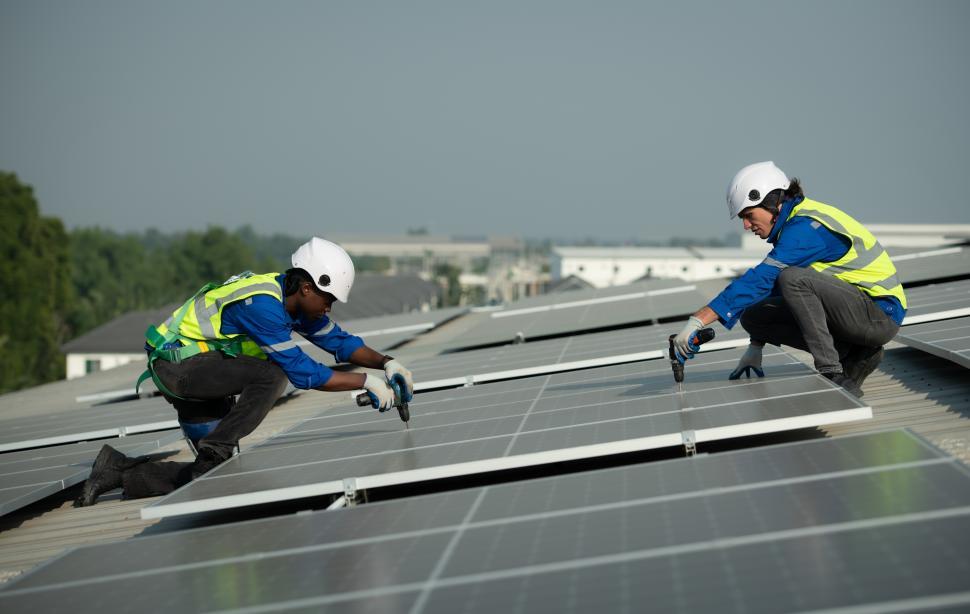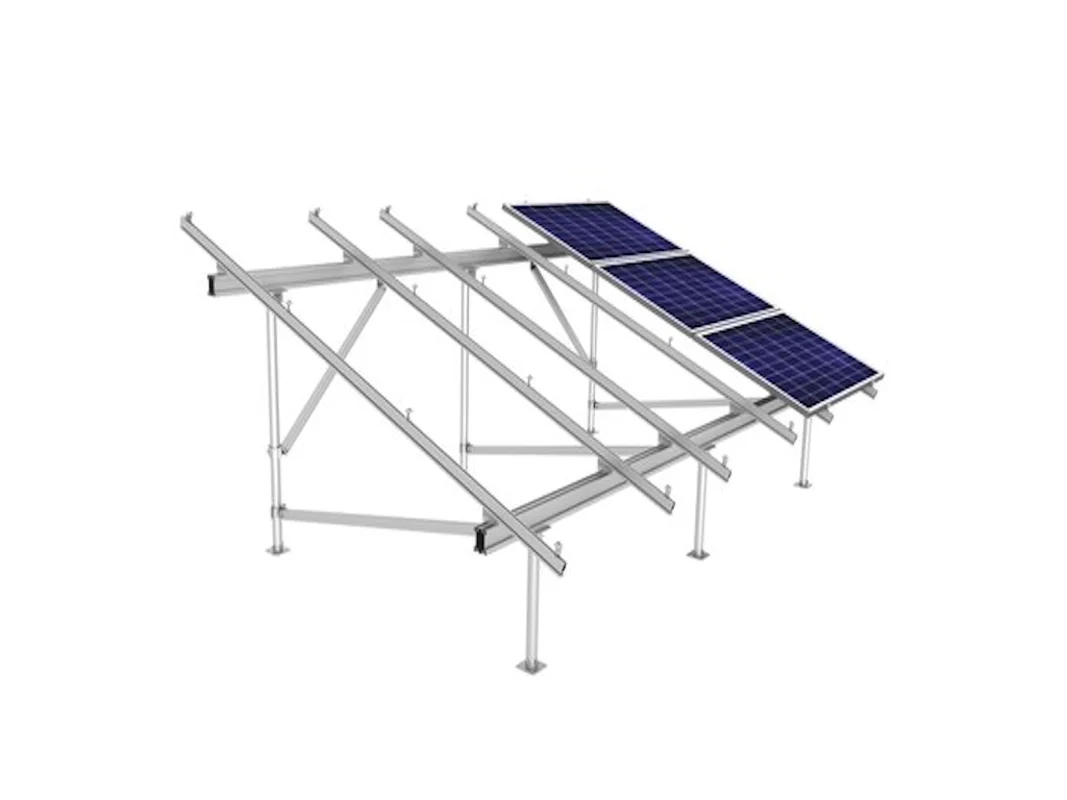Introduction
When it comes to solar energy systems, proper mounting and orientation of solar panels are critical factors that directly impact performance, efficiency, and long-term return on investment. Even the most advanced solar panels can underperform if they are not positioned correctly or installed on an unsuitable structure. In South Africa, where solar irradiance is among the highest in the world, optimizing panel placement can significantly enhance energy yield and system longevity.
This guide explores the key considerations for mounting and orienting solar panels, including roof and ground mounting options, ideal tilt angles, geographic orientation, and how to mitigate shading. Whether you're installing a residential rooftop system or a commercial ground-mounted array, understanding these principles will help you get the most out of your solar investment.
Roof Mounting Options
Roof-mounted solar systems are the most common choice for residential installations due to their space efficiency and aesthetic integration. However, the type of roof you have—whether tile, metal, or flat—will influence the mounting hardware and installation method used.
- Rail-based systems: These use aluminum rails attached to the roof structure, offering flexibility in panel placement and easy maintenance. They are ideal for pitched roofs and allow for precise alignment.
- Rail-less systems: These reduce material costs and installation time by attaching panels directly to the roof. They are best suited for newer roofs with uniform surfaces.
- Tile roof mounts: Special hooks or brackets are used to lift tiles and secure the mounting system without damaging the roof. Proper flashing is essential to prevent leaks.
- Metal roof clamps: Standing seam metal roofs can accommodate clamp-based mounts that require no roof penetration, preserving waterproofing and structural integrity.
- Flat roof ballasted mounts: These systems use weighted bases instead of roof penetrations, making them ideal for commercial buildings or homes with flat roofs. They allow for adjustable tilt angles and easy repositioning.
When selecting a roof mounting system, consider factors such as wind load, roof age, waterproofing, and future maintenance access. A professional installer will assess structural integrity and ensure compliance with local building codes and SANS standards.
Ground Mounts
Ground-mounted solar systems are an excellent alternative when roof space is limited, shaded, or structurally unsuitable. They offer greater flexibility in orientation, tilt, and scalability, making them popular for farms, commercial properties, and rural installations.
- Fixed ground mounts: These are stationary frames anchored into the ground, typically set at a fixed tilt angle optimized for the site’s latitude. They are cost-effective and require minimal maintenance.
- Adjustable tilt mounts: These allow seasonal adjustment of panel angles to maximize solar exposure throughout the year. While more expensive, they can improve annual energy yield by 10–20%.
- Pole mounts: Panels are mounted on single or dual poles, often used for small off-grid systems. They offer good airflow and are easier to clean and maintain.
- Tracking systems: These advanced mounts follow the sun’s path across the sky, increasing energy production by up to 25–35%. However, they come with higher upfront costs and maintenance requirements.
Ground mounts require adequate land, proper soil conditions, and secure fencing to prevent theft or damage. They also allow for easier cleaning, cooling, and future expansion compared to rooftop systems.
Optimal Orientation
Orientation refers to the direction your solar panels face. In the Southern Hemisphere, including South Africa, the sun travels across the northern part of the sky. Therefore, panels should ideally face true north to capture the maximum amount of sunlight throughout the day.
- True north vs. magnetic north: Use a compass app or GPS tool to determine true north, which may differ slightly from magnetic north depending on your location.
- East- or west-facing panels: These can still be effective, especially when energy demand is higher in the morning or late afternoon. However, they typically produce 10–20% less energy than north-facing systems.
- Split arrays: In some cases, splitting the array between east and west orientations can help balance energy production across the day, reducing reliance on batteries or the grid.
Orientation decisions should also consider shading, roof pitch, and energy usage patterns. A professional installer can model different configurations using solar simulation software to determine the best layout for your site.
Shading Considerations
Shading is one of the most significant threats to solar panel performance. Even partial shading on a single panel can reduce the output of the entire string, especially in systems using traditional string inverters.
- Common shading sources: Trees, chimneys, satellite dishes, water tanks, and neighboring buildings can all cast shadows on your panels during different times of the day or year.
- Site survey: A thorough site assessment should include a shade analysis using tools like a solar pathfinder or drone imaging to identify potential obstructions.
- Panel layout: Position panels to avoid shaded areas or use bypass diodes to minimize the impact of partial shading.
- Microinverters and power optimizers: These technologies allow each panel to operate independently, reducing the performance loss caused by shading on individual modules.
In urban environments or areas with unpredictable shading, investing in microinverters or optimizers can significantly improve system resilience and output.
Conclusion
Mounting and orientation are foundational to the success of any solar PV installation. By selecting the right mounting system—whether roof or ground-based—and optimizing panel direction and tilt, you can dramatically improve energy production and system efficiency. Additionally, addressing shading and leveraging modern inverter technologies ensures consistent performance even in challenging environments.
In South Africa’s sun-rich climate, these best practices are not just technical preferences—they are essential strategies for maximizing your solar investment. Whether you're installing a small residential system or a large-scale commercial array, working with experienced professionals and understanding these principles will help you achieve long-term energy savings and sustainability.


